Life Wonderings of a Nature Lover: December 2019 Sitamani Country Diary
December weather had a very wide variation, the coldest temperature being 6.5 degrees Celsius on the 20th and two highs of 32 degrees Celsius on the 21st and 26th. A 170mm of rain was recorded, with very hot dry periods between. On two occasions we experienced hail, one heavy fall was while we were away and there must have been extremely strong winds during that storm, as two trees were blown down and many branches broken and bent. Many of the wildflowers that were in bud were shredded. By the 29th there was still no water in our well, so despite the good rain over the past two months, the water table has not yet been replenished.

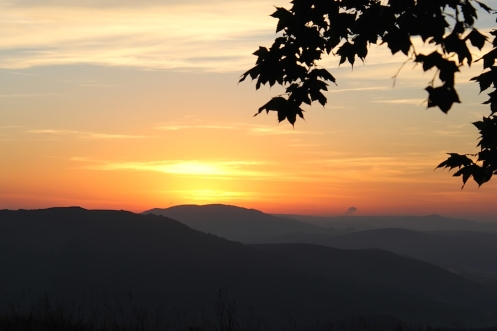
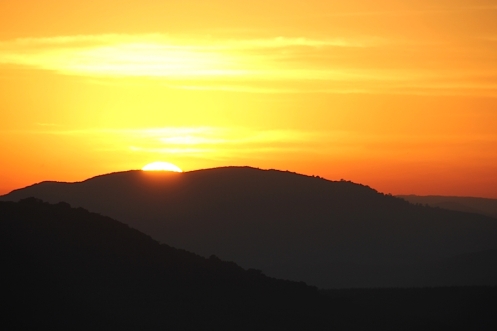
The dawn on the 21st December, a day before the Summer Solstice was particularly lovely,
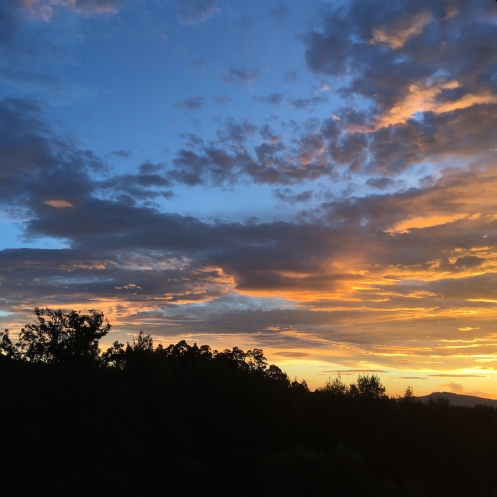
and the sunset on the 27th December was very lovely.
On my hillside walks I found an interesting variety of invertebrates;
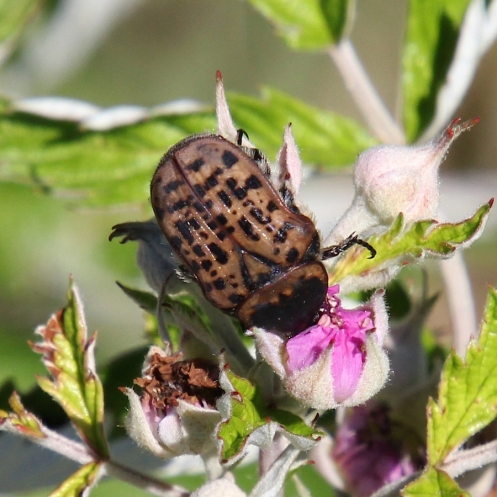
a Chafer beetle;
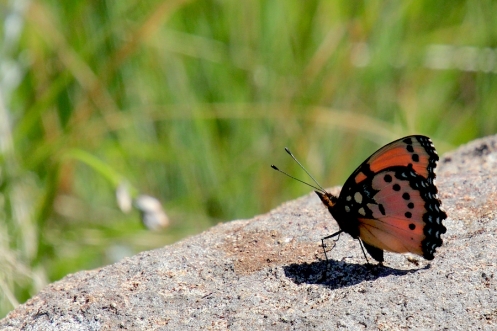
a Gaudy Commodore, Junonia octavia in it’s Summer form;
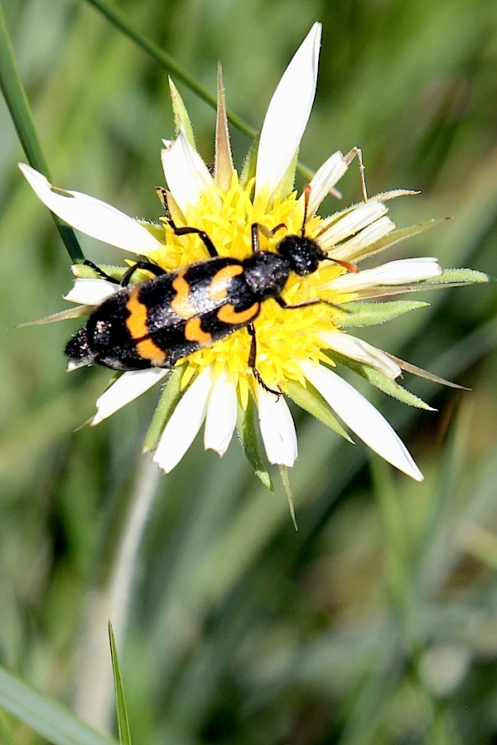
a striking and fast moving Lunate Blister Beetle, Decapotoma lunata;

a Lunate Ladybird beetle, Cheilomenes lunata, just above it an aphid and a curious ant looking down at both of them;

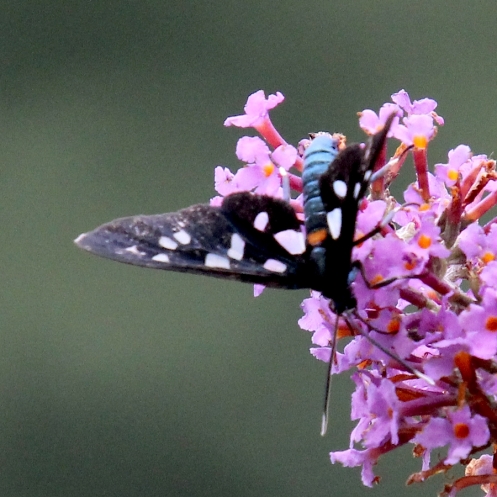
a moth of the Handmaiden species;
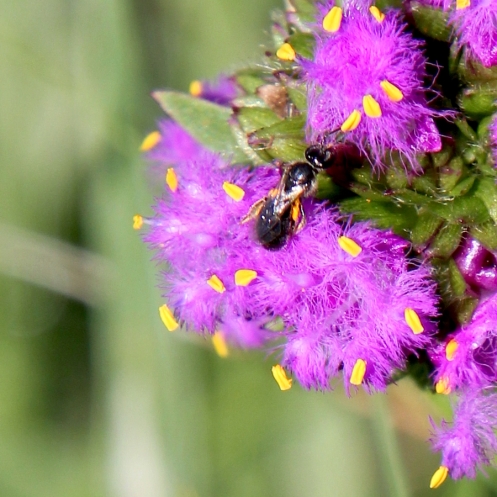
a small wasp on Cyanotis speciosa;

a Millipede and
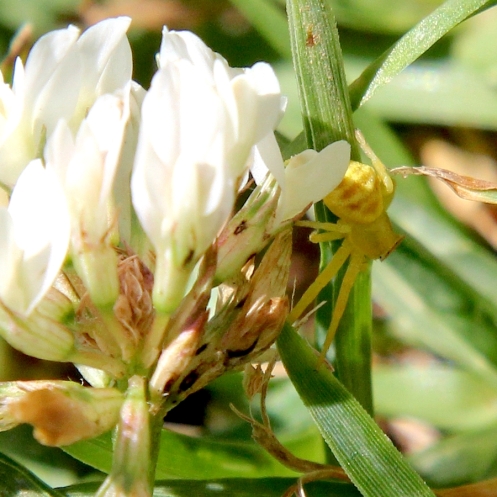
a Small crab-spider, of the Thomisus species.
Yesterday I saw a large yellow and brown coloured Puff Adder, Britis arietans arietans slithering into a mini cave beneath the rocks, unfortunately not enough time to photograph it,
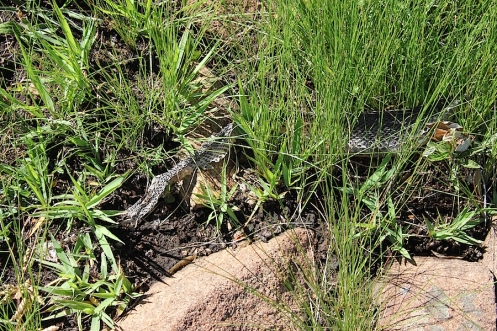
however close by was a recently discarded skin.
The large flock of Cape White-Eyes, Cape Robin-Chats, Southern Boubou and Dark-capped Bulbuls that frequent the birdbath on the verandah have been joined by an Olive Thrush, they are generally very shy retiring birds. During the month I spotted a pair of African Hoopoes down near the gate. Speckled Mousebirds are often seen foraging in the shrubbery on the edge of the garden.
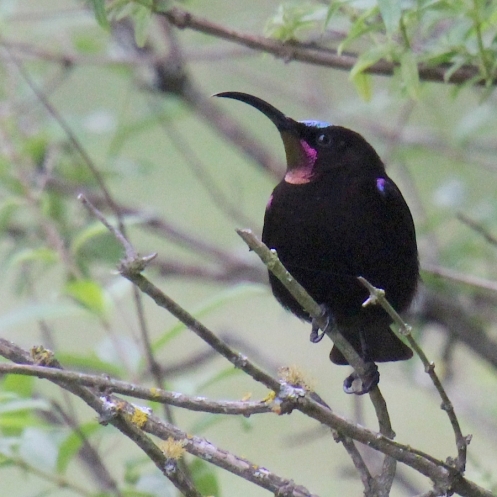


At last I managed to photograph an Amethyst Sunbird, Chalcomitra amethystina, they usually flit off hurriedly when I raise the camera. They were one of the first birds I noticed when we moved here in 1996.
In the early morning on the 14 December I spotted the large grey Baboon moving casually along the fence. The female and young one were not with him. Apparently he had raided our neighbours vegetable garden and been seen several times further south on the top of the ridge. The resident Common Reedbuck walk past the house regularly and the Grey Duiker are also often seen. A regular chorus from the Black-backed Jackals is heard in the evenings.
During the month I found 4 different Orchid species flowering, not many plants, but so lovely;


Eulophia hians var. nutans;
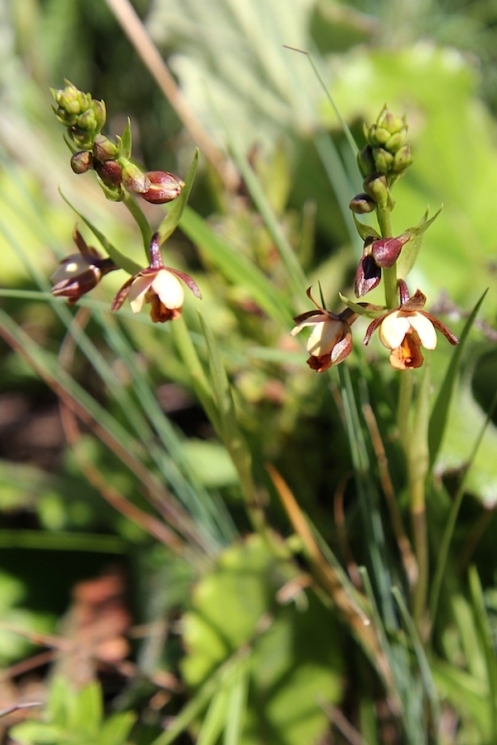


Eulophia tenella;
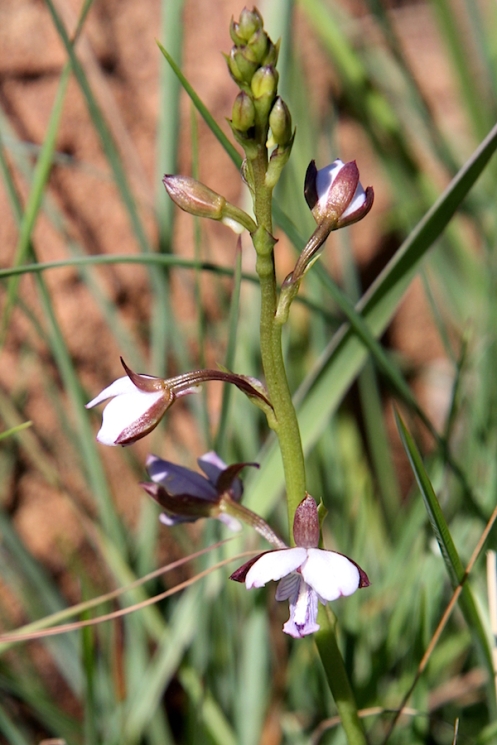
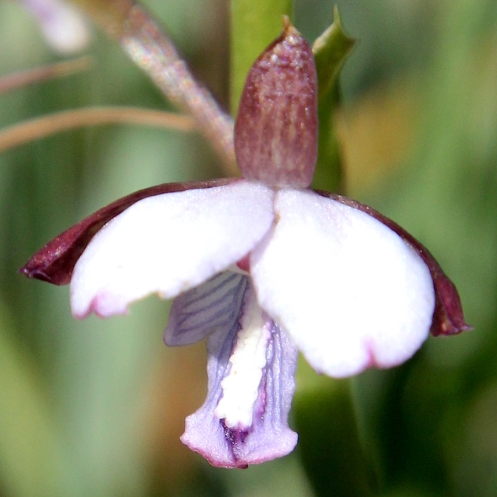
Eulophia zeyherina and
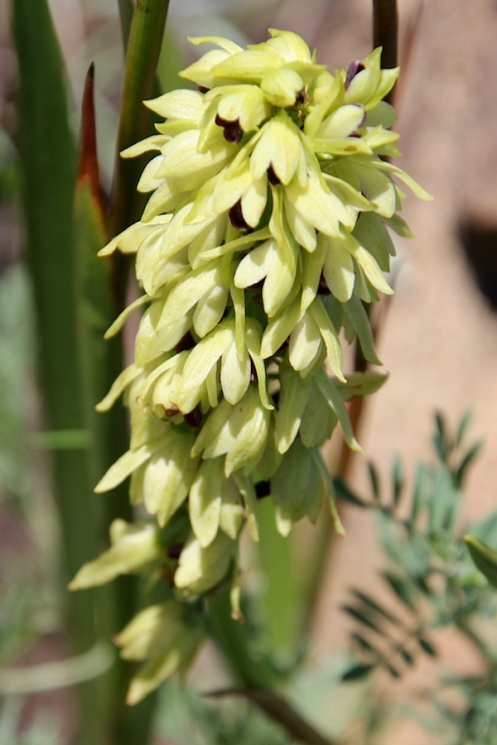
Orthochilus foliosus.
Other flowers seen were:
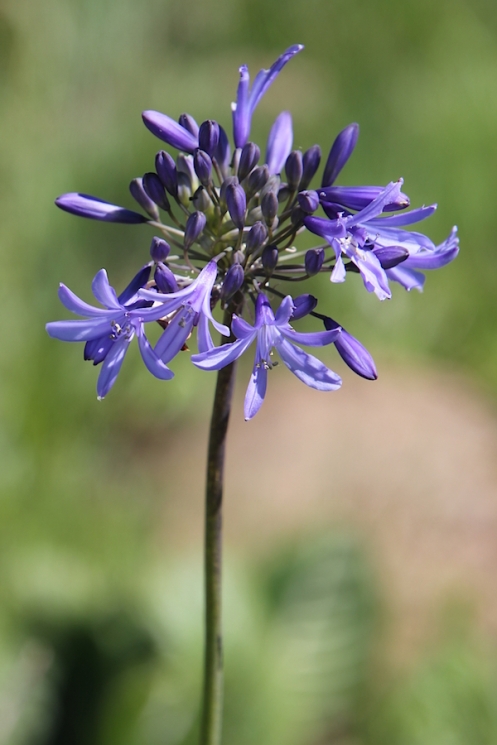

Agapanthus campanulatus;

Albuca setosa (=pachychlamys);
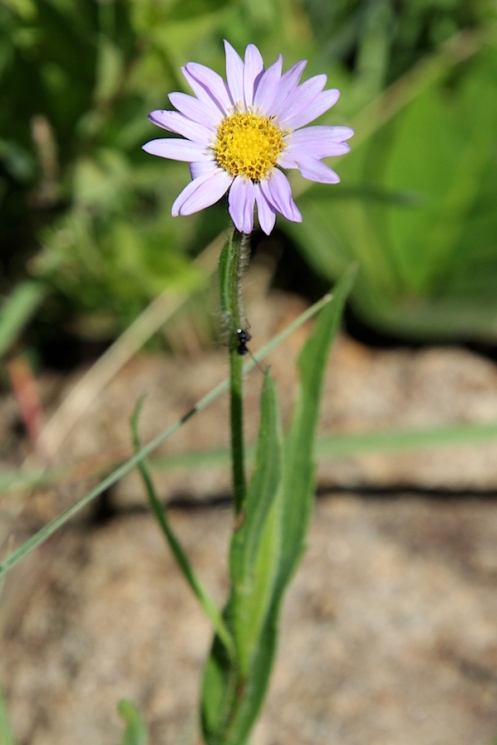
Aster bakerianus;

Berkheya setifera;

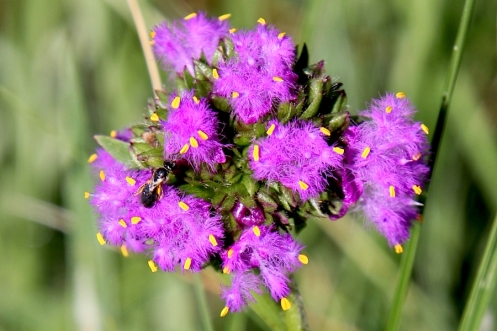
Cyanotis speciosa;
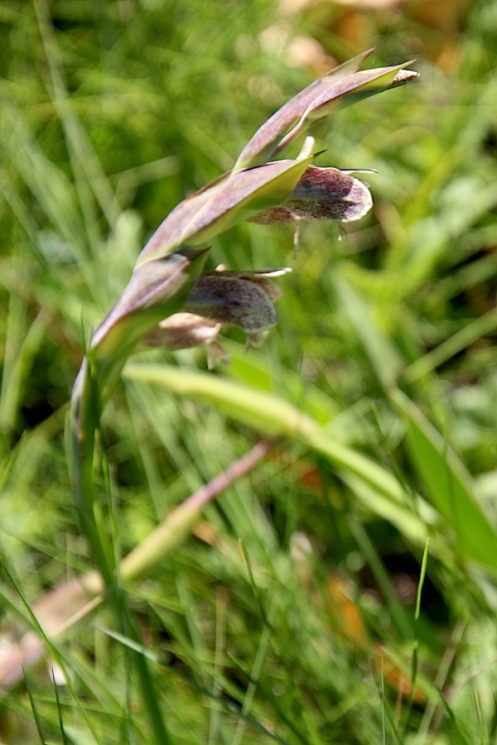

at first glance Gladiolus ecklonii doesn’t appear to be special until you take a look from below;
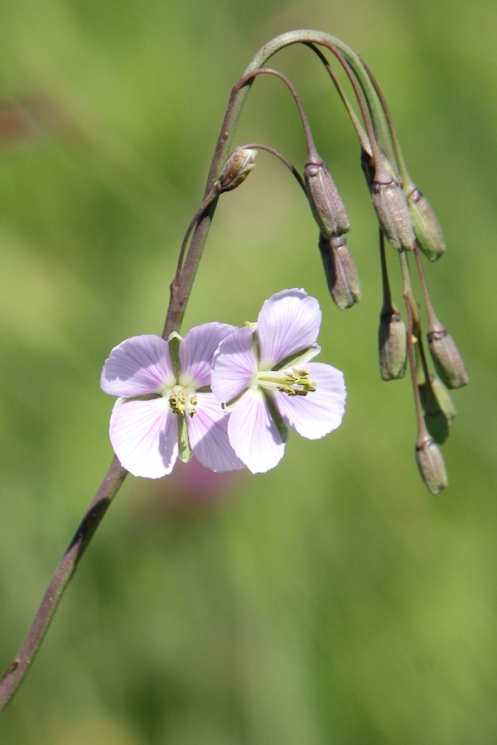
Heliophila rigidiuscula;
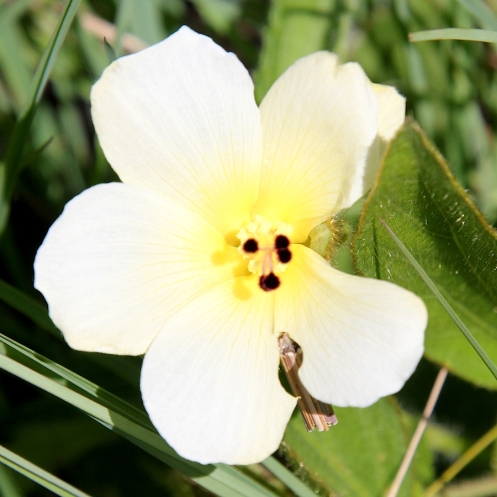
Hibiscus aethiopicus;

many bright Hypoxis possibly argentea amongst the grasses;
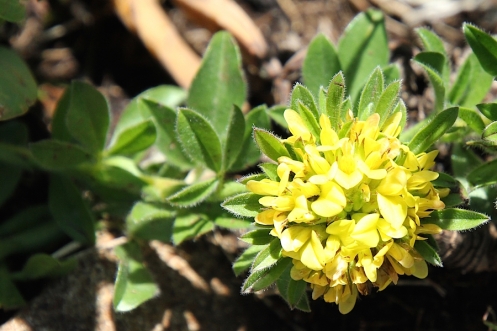
Lotononis foliosa;
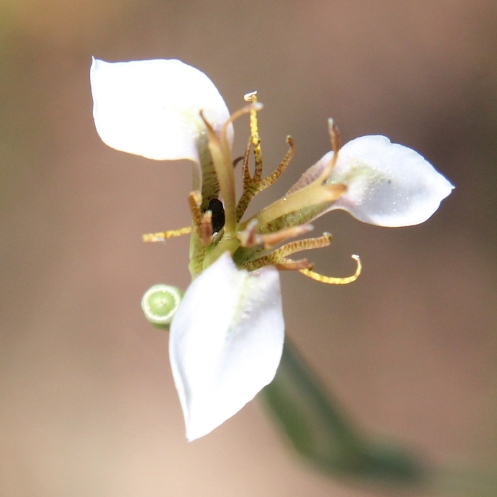
the tiny Moraea brevistyla;
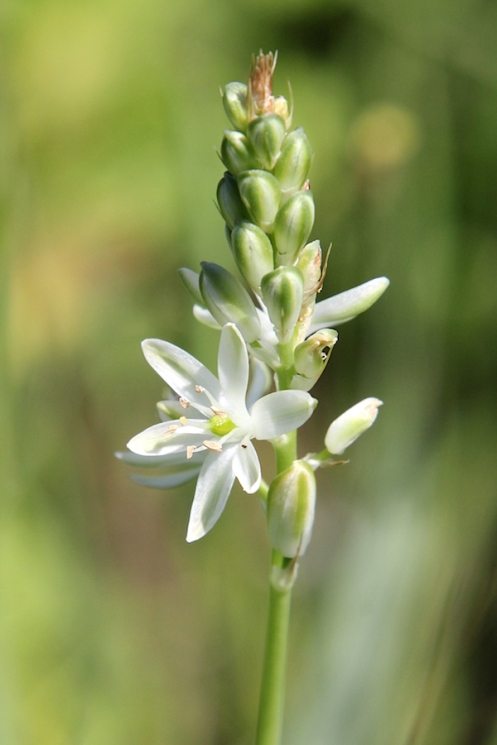
if you bend down the scent of Ornithogalum graminifolium is glorious;

Oxalis semiloba;
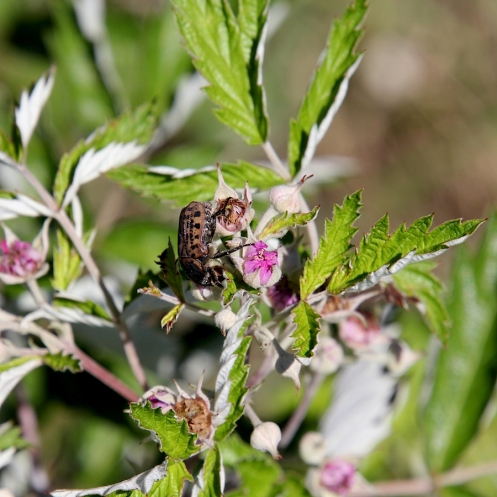
Silver Bramble, Rubus ludwigii;
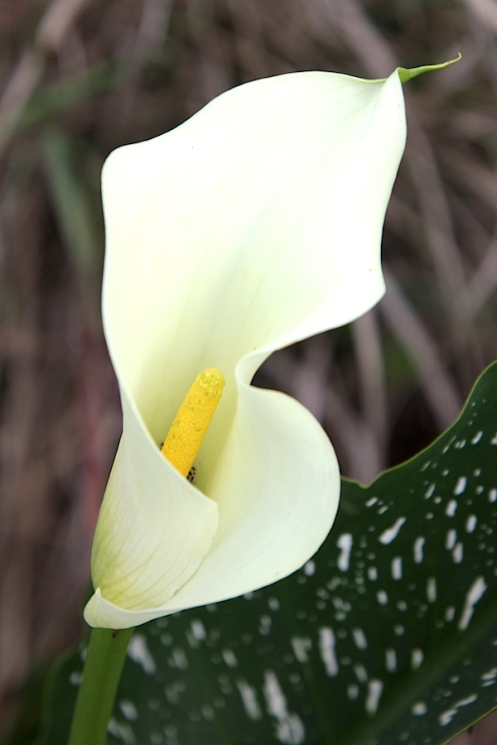
Spotted-leaved Arum, Zantedeschia albomaculata;
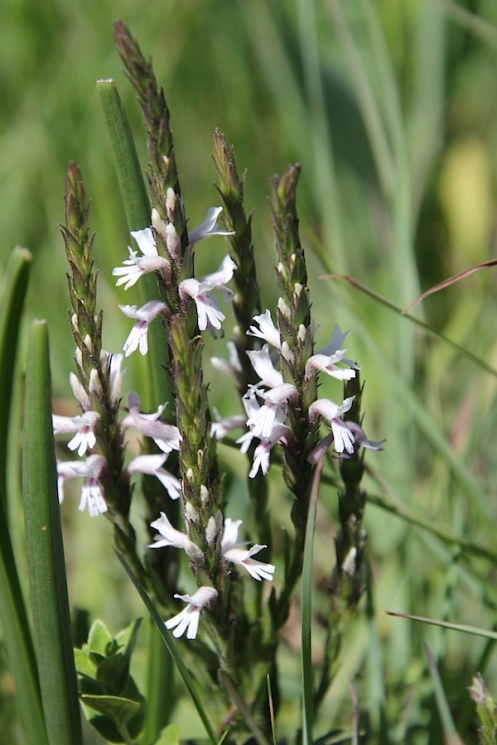
Striga bilabiata;
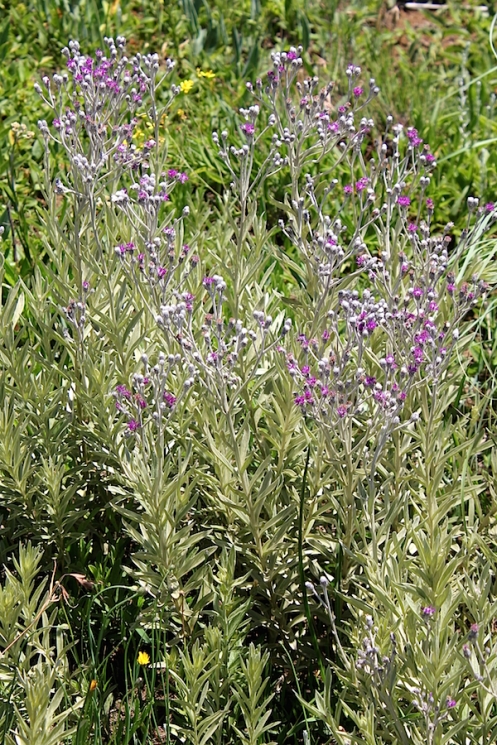
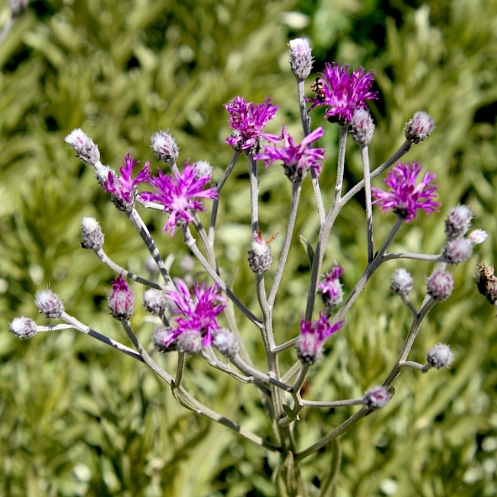
Vernonia natalensis;
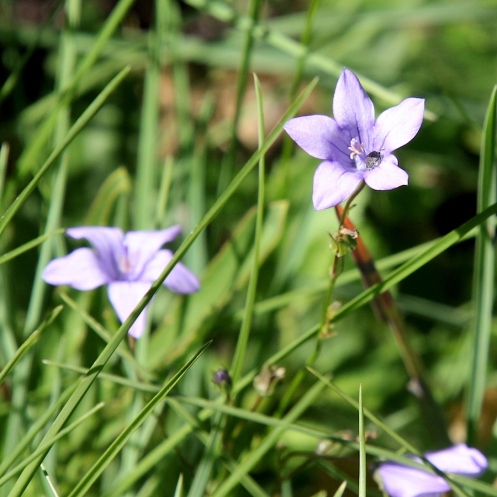
Wahlenbergia krebsii and

Watsonia socium and Berkheya setifera adding colour to the green grasses.
After the rain several fungi popped up including:

a Panaeolus species and
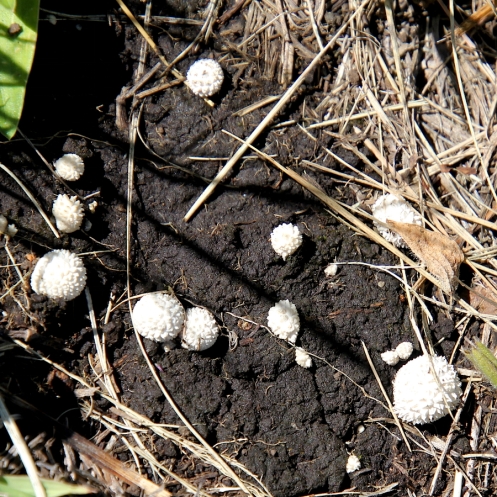
a little Puff-ball species.
Those sunsets and sunrises are special. x
Watching the dawn unfolding and finally the sun popping up over the horizon, is always a wonderous experience! xxx
Another interesting collection of photos of lovely sightings. Too bad about the hail and very worrying about the low water table, but very best wishes for the year ahead.
Thank you Carol, best wishes to you too for a wonderful 2020! Nature is incredible. xxx
December 2019. What a bipolar month. 170mm of rain, hail, and yet not enough rain for the well.
Funny, true about the Gladiolus ecklonii. Although, I don’t know why it has 2 i’s. Let me ask Google. Strange, the guy’s name didn’t even have a single i.
“The specific epithet ecklonii was named after Christian Ecklon 1795-1868, born in Denmark, an apothecary, traveller, and plant collector.”
You know how you share flowers of plants, do you think there is an interest or hobby of sharing leaves? Do you think there are people who love leaves ore than flowers? Does it even have a name? I ask because when hiking Otter trail, I have never seen such a variety of ferns. But no one stopped to admire ferns, I suspect because they are just leaves without flowers.
K took some lovely photos of grass. Normal grass. But zoomed in it looks amazing. Not hairy like the pink flower the chafer beetle is on. While he was scrolling through his photos I realized how actually, what he has is the same as what you do Christeen. He is madly in love with our ordinary garden. I mean, who shoots grass, right? I tried to convince him it won’t take much of his time. He can do the same as you do, post the photo, put a name and move on. We, those who love to ooh uh and complain about puff adders that look like their skin is peeling being dangerous, can enjoy them. He was not convinced so I told him you have a way of sharing your posts on facebook (I think) and that sparked interest in him as he cares what his friends think more than strangers on a blog.
https://emptytheemind.files.wordpress.com/2022/03/capture.png?resize=219%2C219
K had explained the name… Latin, genitive case, possessive form, ecklon to ecklonus to ecklonii
Yes, there are definitely people who prefer ferns, (ancient cryptogamic plants without flowers and true seeds, reproducing by spores) and grasses, (which are much ‘newer’ plants)! I love ferns, your photos are lovely! Yes, I do share my nature findings on Facebook, so K could do the same, I understand wanting to share with friends only. There are also wonderful groups on Facebook where experts are happy to identify plants, including grasses, so he could take a look at those. Please thank K for his explanation for naming in the taxonomy, I have learnt something! xxxx
Uh, I see. Dinosaur enthusiasts.
He is part of the facebook group of the University of Pretoria Indigenous botany or something like that. Do you have other groups I can suggest to him about identifying indigenous plants? He is travelling to Durban tomorrow for a conference and he is driving only because every year, he drives through an indigenous nursery in Pietermaritzburg. The car is always too small to buy all the plants he wants. Maybe on groups he will find more interesting nurseries and learn more about new plants.
Will do.
xx
Dear Maps, Sorry for the delay…. here are a few FB groups and one nursery (Gauteng) for indigenous plants that K might find useful! I know Linus and he is passionate about indigenous plants! xxxx
Indigenous flowering plants of Southern Africa
Flora of southern Africa
Indigenous Flowering Bulbs of Southern Africa.
Indigenous Flowering Plants of South Africa
Linus’s Indigenous Bulbs